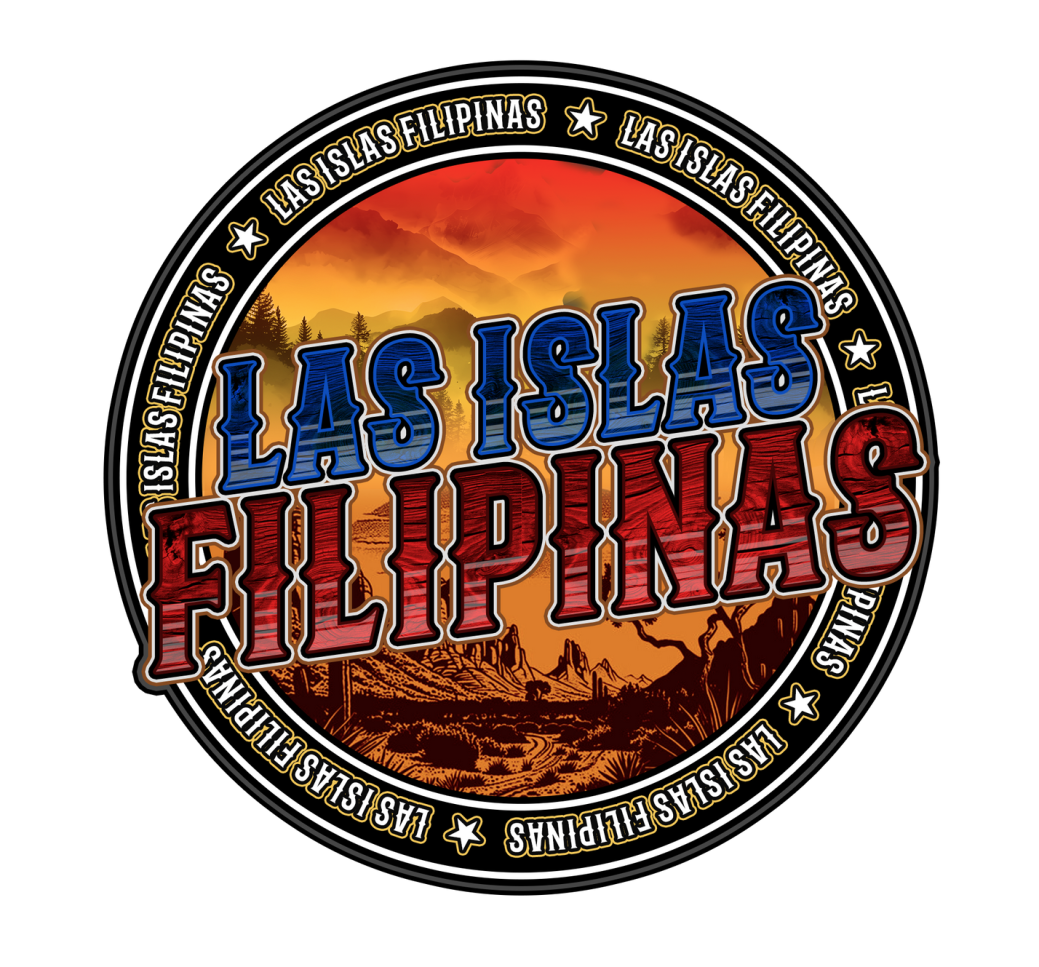Arrival of the Settlers
The story of Las Islas Filipinas begins with the arrival of settlers to a pristine, uncharted archipelago. These pioneers, driven by the promise of opportunity, freedom, and a new beginning, came from distant lands to carve out their fortunes. The islands, rich in resources and untouched by civilization, promised prosperity. These early settlers, each with their own dreams and aspirations, began the difficult task of creating new towns and laying the foundations of an economy. Life was hard, but the promise of a fresh start was enough to fuel their ambition.
As time passed, the scattered settlements grew into bustling towns, with farming, fishing, and trade becoming the backbone of the economy. The land, once wild and untamed, slowly began to shape itself into a land of commerce and culture. Roads were built, ports were established, and businesses flourished. It was a land of hope, where the settlers could make a name for themselves.
The Arrival of New Cultures
However, with growth came change. Other cultures began to arrive. Merchants from distant continents came to trade, bringing with them new ideas, customs, and beliefs. Travelers from nearby islands and other lands settled in search of new opportunities. What began as a small group of settlers soon became a diverse melting pot of people from all walks of life. The different languages, traditions, and ways of life began to merge, creating a rich tapestry of culture that both enriched and complicated the community.
At the same time, the indigenous people of the islands, who had lived on the land for generations, were introduced to the settlers. Though there were differences in language and traditions, there was also a shared understanding. Over time, the settlers and indigenous groups began to form relationships, trade, and even work together. The two cultures, though initially wary of one another, came to rely on each other for survival, and a thriving, diverse community began to take root.
The Price of Growth: Greed and Power Struggles
But as the community grew, so too did the challenges. Not all newcomers arrived with the intent to build a peaceful and prosperous society. Greed and selfish ambition began to creep into the hearts of some settlers. There were those who saw the land not as a new beginning, but as an opportunity to exploit. Lawlessness and corruption became rampant, especially in the outskirts where settlements were still fragile.
Some settlers, including businessmen and rogue politicians, saw the growing economy as a chance to monopolize trade, control resources, and impose their will on others. The influx of people—whether it be traders from afar or local revolutionaries—added more pressure. Conflicts over land, resources, and power erupted. The lawless factions who sought only personal gain began to clash with those who tried to uphold order and protect the land. Indigenous groups, initially partners in the settlers' dreams, found themselves at odds with certain settlers who viewed them as obstacles to their wealth and power. Some settlers, blinded by greed, began to encroach on indigenous lands, attempting to forcefully take what was not theirs. This led to open confrontations, as the indigenous people began to defend their homes and traditions from the settlers' encroachment.
The Law and the Struggle for Supremacy
As the land grew more divided, the role of the law became increasingly important. Local lawmen, initially tasked with protecting and enforcing order, found themselves at the center of a political and cultural battle. Some were corrupt, swayed by money and power, while others remained steadfast, trying to maintain peace amidst the chaos. The divide between law and disorder became clearer as factions vied for control. Some groups sought peace and cooperation, believing in the potential for harmony between all cultures, while others believed that only through force and dominance could they secure their place in the new world.
The settlers, the indigenous people, and the rising factions of power all fought for their vision of the future. Some wanted a united, thriving land, where all cultures could live and prosper together. Others were driven by the desire for supremacy, seeking to impose their culture, beliefs, and ideals over others.
The Tension of Ideals
As time passed, tensions grew. Political movements, often fueled by differing ideologies, clashed violently. Some settlers believed that they had the right to dominate the land and its people, driven by the belief that their progress was inevitable and superior. Others, including groups of indigenous people and revolutionaries, fought for their rights, freedom, and the preservation of their culture and traditions.
In the towns, communities struggled to balance their desire for growth with the need for unity. While the markets flourished, dark shadows loomed over the future. Who would ultimately control the economy? Who would shape the laws of the land? Could the settlers and indigenous people work together, or would they fall into a bitter, bloody conflict?
